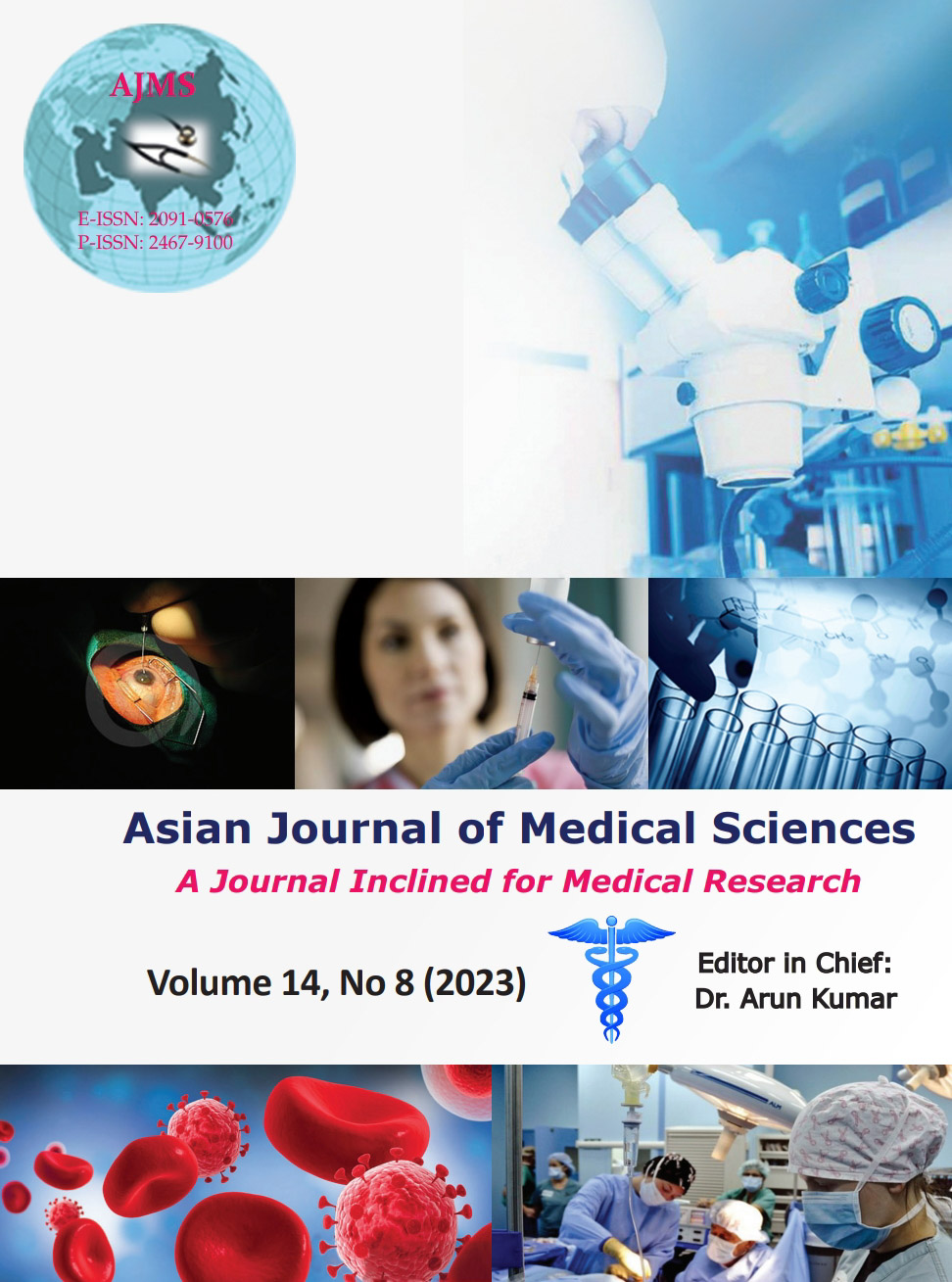Effect of foxtail millet supplementation in comparison to atorvastatin on high-fat diet-induced hyperlipidemia in rats
Keywords:
Hyperlipidemia; Foxtail millet; Atorvastatin; Sprague–Dawley rats; DyslipidemiaAbstract
Background: Hyperlipidemia can be defined as an increased concentration of lipids in the blood. Foxtail millet (FTM) is a nutrient-rich cereal containing several phytochemicals which have possible lipid-lowering and glucose-lowering abilities. Atorvastatin is an HMG Co-A Reductase Inhibitor commonly prescribed for Hyperlipidemia.
Aims and Objectives: The aim of this study was to compare the hypolipidemic effect of FTM with that of Atorvastatin in Sprague–Dawley rats.
Materials and Methods: Twelve 12 male Sprague–Dawley rats were segregated into Group-A and Group-B with six (6) rats in each group. The rats in both groups were fed high-fat diet for 21 days and for the next 21 days the 6 rats in Group-A were fed FTM in the form of pellets, the 6 rats in Group-B were administered Atorvastatin in a dose of 5 mg/kg. The body weight (BW) and lipid profiles of the rats were measured at three stages-day 0, day 21, and day 42.
Results: FTM showed an 18.1% rise in high-density lipoprotein (HDL-C). It showed a fall in BW, total cholesterol (TC), triglycerides (TG), low-density lipoprotein (LDL-C), and very LDL (VLDL-C) which were 15.5%, 14.0%, 12.8%, 18.3%, and 16.0%, respectively. With Atorvastatin the rise in HDL-C was 13.4%. The fall in BW, TC, TG, LDL-C, and VLDL-C was 30.2%, 30.5%, 24.9%, 27.5%, and 34.4%, respectively.
Conclusion: The present study results showed that FTM had a noticeable positive effect on the lipid profile and BW in Dyslipidemia in comparison to Atorvastatin.
Downloads
Downloads
Published
Versions
- 2023-08-02 (2)
- 2023-08-01 (1)
How to Cite
Issue
Section
License
Copyright (c) 2023 Asian Journal of Medical Sciences

This work is licensed under a Creative Commons Attribution-NonCommercial 4.0 International License.
Authors who publish with this journal agree to the following terms:
- The journal holds copyright and publishes the work under a Creative Commons CC-BY-NC license that permits use, distribution and reprduction in any medium, provided the original work is properly cited and is not used for commercial purposes. The journal should be recognised as the original publisher of this work.
- Authors are able to enter into separate, additional contractual arrangements for the non-exclusive distribution of the journal's published version of the work (e.g., post it to an institutional repository or publish it in a book), with an acknowledgement of its initial publication in this journal.
- Authors are permitted and encouraged to post their work online (e.g., in institutional repositories or on their website) prior to and during the submission process, as it can lead to productive exchanges, as well as earlier and greater citation of published work (See The Effect of Open Access).




